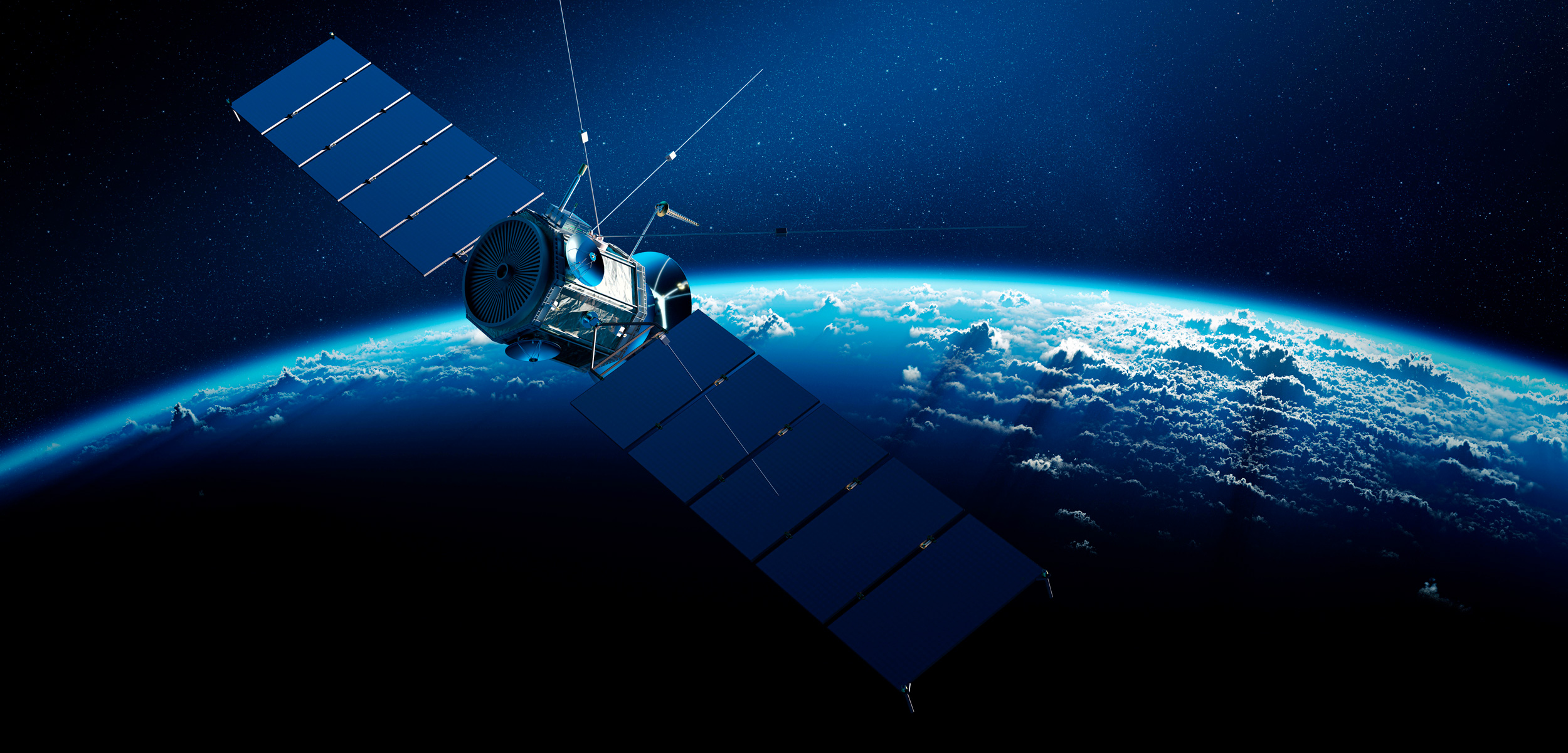What Goes Up Must Come Down
If companies fall for the appeal of cheap mercury as a satellite fuel, it would be disastrous for marine life.
Article body copy
Satellites enable many aspects of our daily lives: they beam communications, feed us entertainment, and aid navigation. Satellites help scientists study space, monitor Earth’s changing climate, and forecast the weather. Yet for all the crucial services they provide, there are surprisingly few of them—just 2,200 active satellites orbit the Earth. This is changing fast. Over the next decade, several companies are planning to launch huge networks of interconnected satellites, mainly for global internet systems.
These constellations will dramatically increase the number of satellites orbiting Earth. SpaceX, for example, has permission from the US Federal Communications Commission to launch 12,000 satellites for its Starlink broadband system, and is seeking approval for an additional 30,000. Amazon, too, is hoping to send more than 3,000 broadband satellites into space.
This rapid proliferation of satellites in orbit is raising a number of concerns: astronomers fear the tiny craft will mar their observations, while Starlink satellites have already proved to be a possible collision risk for other spacecraft. And Nicola Pirrone, research director at the National Research Council of Italy’s Institute of Atmospheric Pollution Research, is worried about what would happen if one of these satellite manufacturers were to switch to using mercury as a fuel—a cheap and readily available alternative.
Most satellites adjust their position in orbit by using Hall thrusters. These devices generate thrust by ionizing a propellant (converting it into molecules with a net electrical charge) that gets accelerated to high speeds using an electrical field. While most Hall thrusters now use krypton or xenon as a fuel, in the 1960s NASA experimented with using mercury to power the thrusters for its Space Electric Propulsion Test program. After just two missions, NASA stopped using the heavy metal because of concerns over what mercury—a potent neurotoxin—might do to the environment and human health back on Earth.
For the most part, the idea of using mercury as fuel went away. But then rumors began circulating in 2018 that satellite-propulsion start-up Apollo Fusion had plans to use mercury instead of xenon or krypton.
Concerned about the rumors, the attractiveness of mercury as a satellite propellant, and the pending boom in satellite numbers, Pirrone decided to investigate.
According to research by Pirrone and his colleagues, a constellation of 2,000 satellites, each carrying 100 kilograms of propellant, would emit 20 tonnes of fuel every year over the course of its 10-year life span. And if this fuel was mercury, almost all of it would fall back to Earth.
This would be equivalent to around one percent of current global anthropogenic mercury emissions, and about half of what’s emitted annually by North America. “It is not a small amount,” Pirrone says. “If you extend the application to several thousands of satellites of different sizes, the problem can be substantial.”
To find out where this mercury would go, Pirrone used an atmospheric-transport model to simulate how the heavy metal would fall to Earth’s surface. Around 75 percent of the spent fuel would land in the oceans, he found, with wind patterns and other atmospheric processes directing it to polar regions, the Pacific, and the Atlantic. This represents a major environmental concern for marine life. There’s also concern that if something were to go wrong during the launch of a mercury-propelled satellite, the fallout could be catastrophic.
“The concept of using mercury propellant for low-Earth orbiting satellites is just one of the dumbest ideas that’s come out of science in the last decade or so,” says Steve Brooks, an expert in aerospace engineering and atmospheric chemistry at the University of Tennessee, Knoxville, who wasn’t involved in the research. Nevertheless, turning to it would be tempting. It can probably be picked up for free, he says, as industries that generate mercury as a waste product, such as coal-fired power plants, want to get rid of it. “It’s worth basically nothing. In fact, a company owning mercury pretty much has a liability,” he says.
Officially, Apollo Fusion talks about using multi-fuel or proprietary propellants, says Brooks. But once you move past using krypton and xenon in ion thrusters, there aren’t many other viable options, he says. “They’re not saying mercury,” he explains, “but one can sort of read between the lines and sort of figure out that’s what they’re talking about.” Apollo Fusion did not respond to requests for comment for this story.
While the cost savings from using mercury in a single satellite might not amount to much, savings could be substantial when launching thousands for a constellation, Brooks says. The cost to the environment, however, could be severe.
Brooks says no one thought about large swarms of satellites pumping out mercury waste even just a decade ago when nations were working on the Minamata Convention, an international treaty, ratified in 2013, designed to reduce global mercury emissions. The treaty covers most industries, but overlooks what at the time was a burgeoning aerospace sector.
“If we had had any inkling that anyone would ever think of doing this it would have been included and easily ratified in the Minamata protocol,” Brooks says. Unfortunately, he adds, “it wasn’t on anybody’s radar.”
Pirrone says the Minamata treaty needs to be extended to the aerospace sector so that the adoption of mercury as a satellite propellant can be stopped before it starts.

